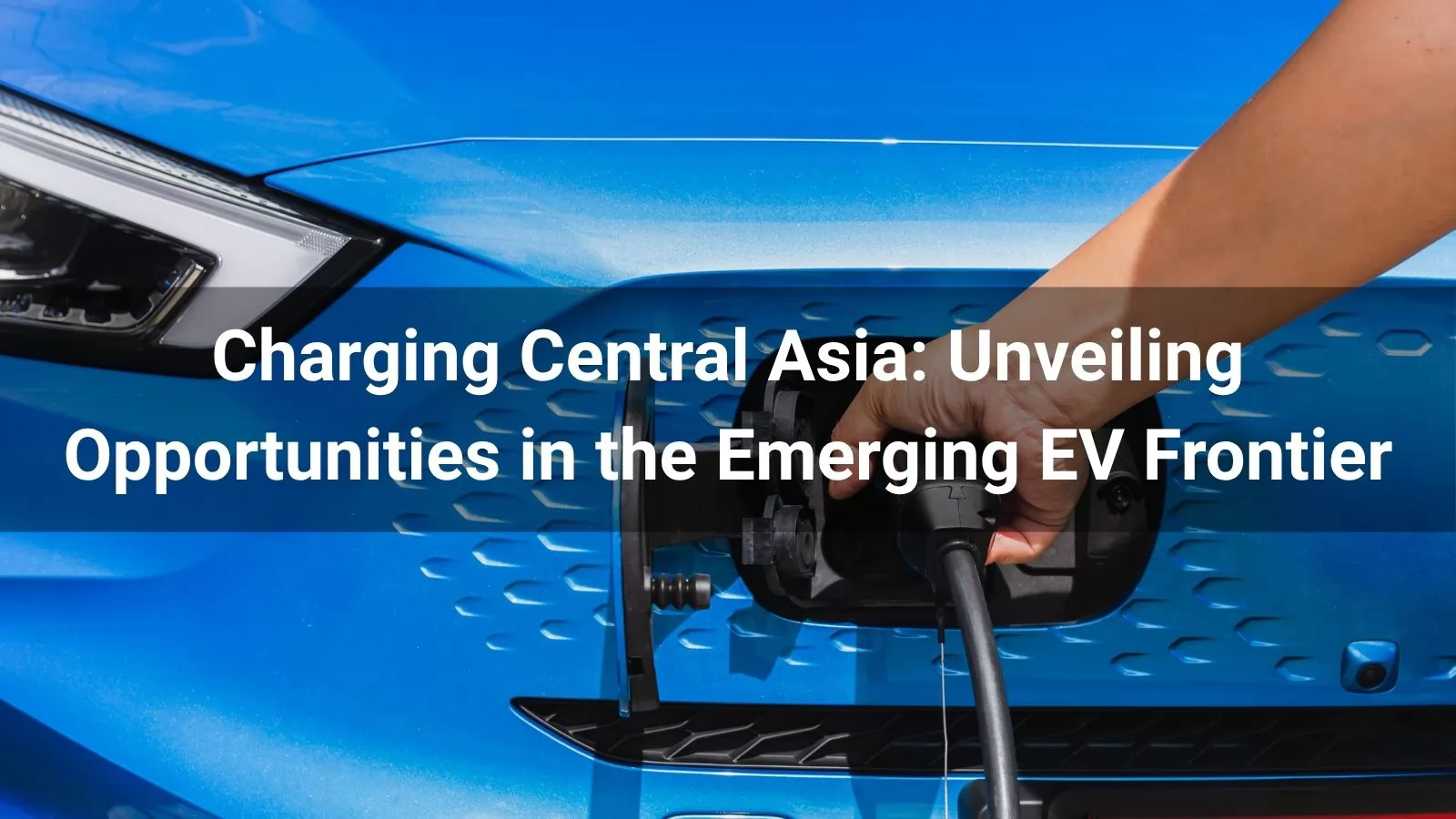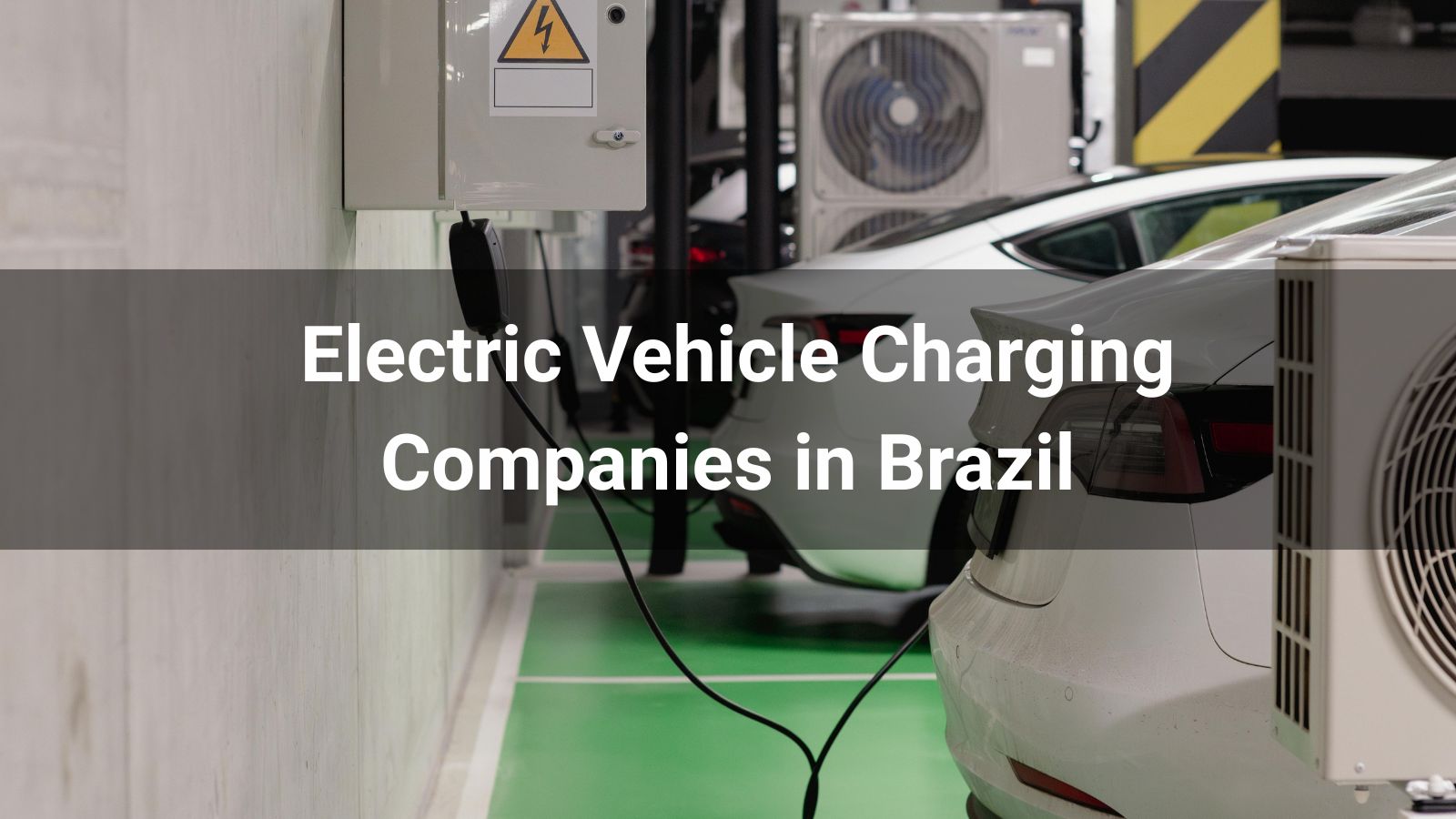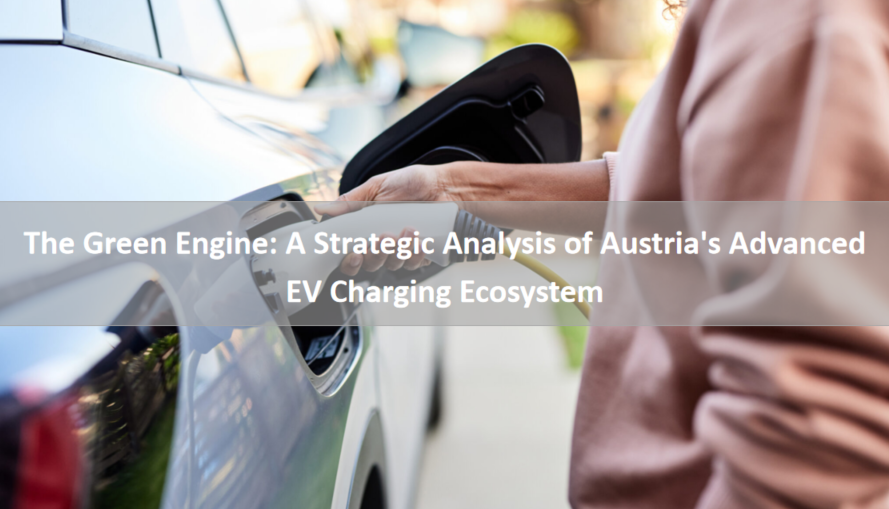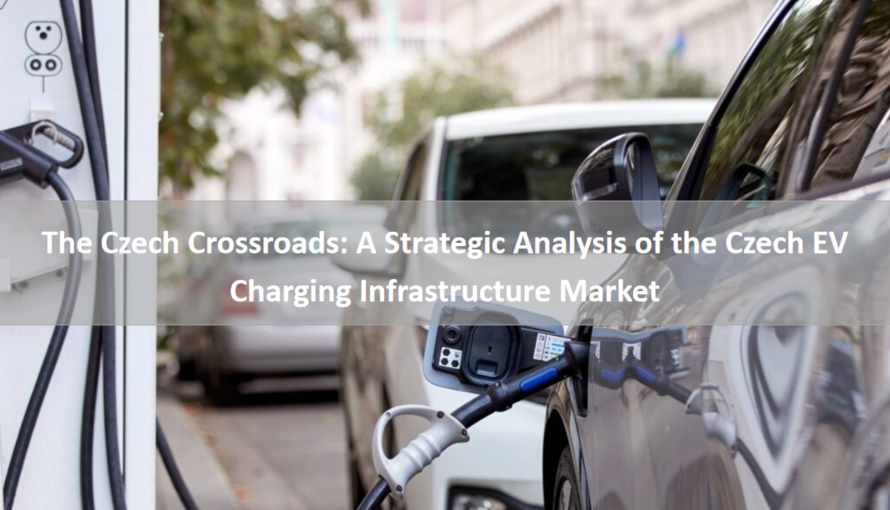
Central Asia is gradually emerging as a promising region for electric mobility, with countries like Kazakhstan and Uzbekistan leading the shift. While the pace of development varies across nations, the collective regional movement toward electrification is gaining momentum.
Uzbekistan has positioned itself as the region’s electric vehicle (EV) leader, driven by robust policy support. In 2025, EVs and hybrids accounted for 55% of passenger vehicle imports, totaling 24,095 EVs and 17,480 hybrids out of 74,525 imports. The government’s 2019 "Concept for the Development of the Electric Transport System until 2030" provides a clear roadmap for EV adoption and infrastructure expansion. Kazakhstan is also witnessing growing interest from consumers and policymakers, supported by incentives like import tax and recycling fee exemptions, extended through 2025. However, its public charging infrastructure remains limited, with only 270–300 charging stations, primarily in Almaty, Astana, and Shymkent, resulting in an EV-to-charger ratio of approximately 43:1, far above the optimal 10:1.
Turkmenistan and Kyrgyzstan are in earlier stages of EV adoption, but high fuel import costs and rising environmental awareness among younger populations signal untapped potential. Tajikistan, with over 90% of its electricity from hydropower, could benefit from EVs’ long-term cost savings, though infrastructure and policy constraints currently hinder progress.
Chinese EV brands, particularly BYD, dominate the Central Asian market. In Uzbekistan, about 85% of EVs sold in 2025 were Chinese-made, while Kazakhstan saw a 36-fold increase in Chinese EV imports, with projections of 40,000 units by 2035. International brands like Tesla have a limited presence due to high pricing, service challenges, and operational complexities. Local energy and infrastructure firms are starting to invest in EV deployments but face hurdles in scalability and technical expertise.
Most Central Asian countries offer EV-friendly incentives through 2025, such as duty-free and tax-exempt imports. Kazakhstan has introduced progressive laws mandating EV chargers in new buildings, public parking, and gas stations, which may influence neighboring countries. Charger installations must adhere to international standards like IEC 61851 and ISO 15118. The absence of local certification bodies underscores the importance of compliance with CE, IEC, and OCPP standards, creating opportunities for certified international suppliers.
Central Asian consumers are highly price-sensitive, favoring EVs with low upfront costs and quick returns on investment. Chinese EVs set the affordability benchmark. Buyers also prioritize localized, in-language technical support and on-site maintenance, especially outside major cities. There’s growing interest in advanced features like smart charging, solar-powered systems, and mobile payment platforms, but solutions must be simple and plug-and-play to suit the region’s technical landscape.
Astana Motors (Kazakhstan): Official distributor and operator of TELD chargers, with networks in Almaty, Astana, and Shymkent.
Ecoprotect.uz (Uzbekistan): Specializes in AC/DC charger supply, installation, and maintenance.
Green Power Technologies (Uzbekistan): Major wholesaler of sustainable energy products and chargers.
ZEVS Power Solutions (Uzbekistan): Supplier of residential, commercial, and industrial charging solutions.
UzAuto Motors–BYD JV (Uzbekistan): Local EV assembler requiring depot and residential charging solutions.
KEGOC (Kazakhstan): National utility exploring grid-integrated charging.
PowerGrid Solutions (Uzbekistan): Infrastructure company with commercial and residential charger deployments.
AKFA Group (Uzbekistan): Integrating EV infrastructure into its real estate projects.
GreenGeo (Kazakhstan): Provides hardware/software installation services for public and commercial use.
E-Mobility (Uzbekistan): Actively developing EV charging partnerships.
Localized Agility: On-ground presence enables rapid adaptation to regulatory and customer needs.
Standards Compliance: End-to-end solutions meet CE, IEC, and OCPP standards.
Policy Navigation: Proven ability to secure incentives, public-private partnerships, and policy benefits.
Scalability: Regional operations support multi-country deployment.
Technology Integration: Advanced smart-charging and renewable capabilities align with growing sustainability demands.
Central Asia presents a fast-growing, policy-supported landscape for EV adoption. As infrastructure and consumer preferences evolve, early movers with localized strategies, standard-compliant technology, and scalable solutions will be well-positioned to lead the region’s electric mobility revolution.
Read more:







